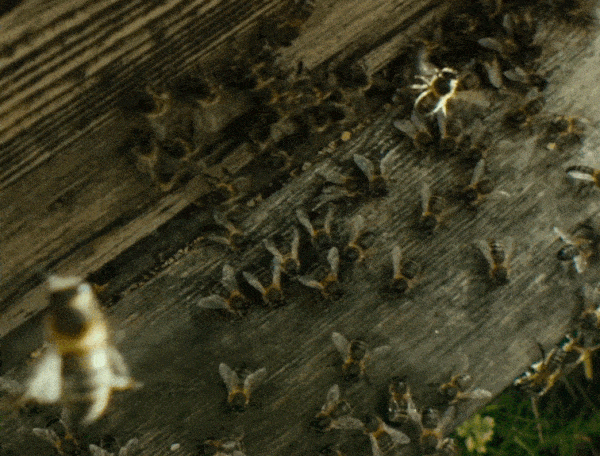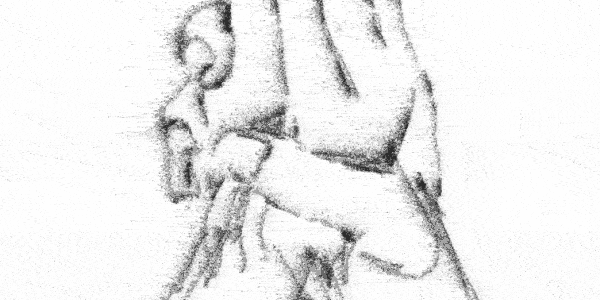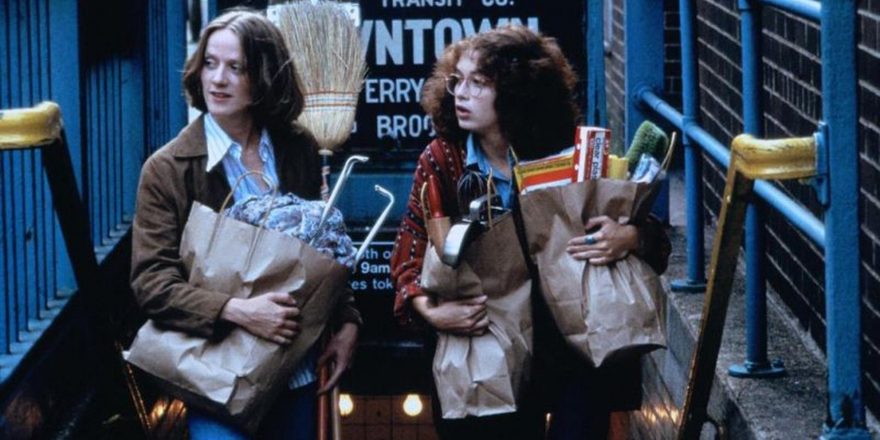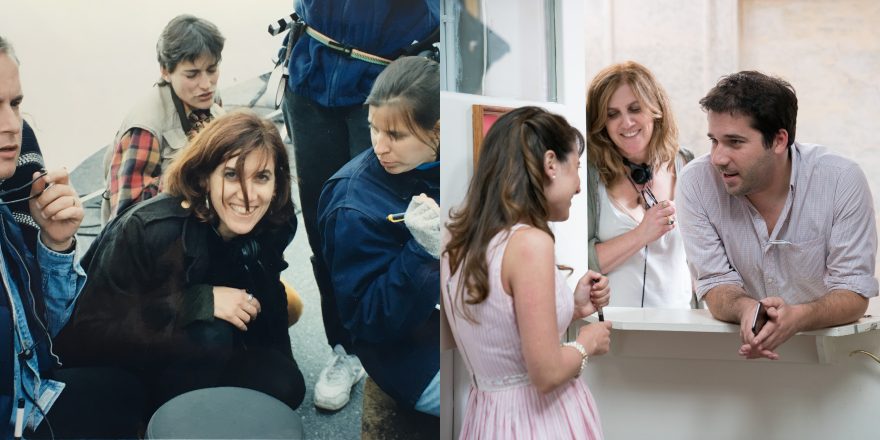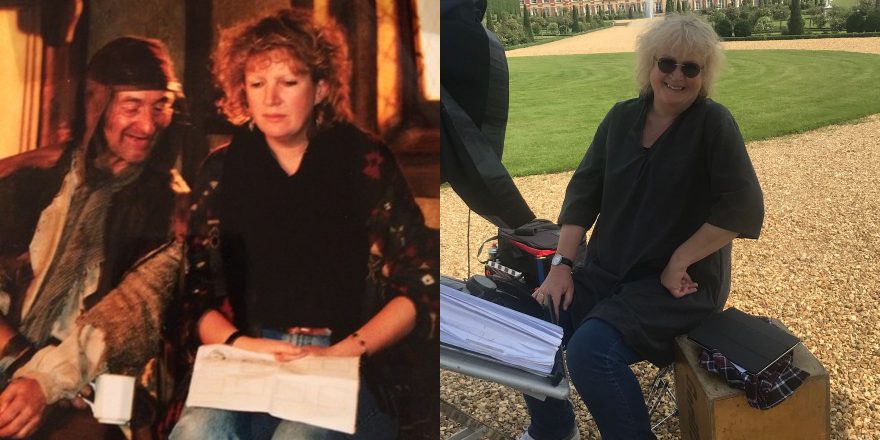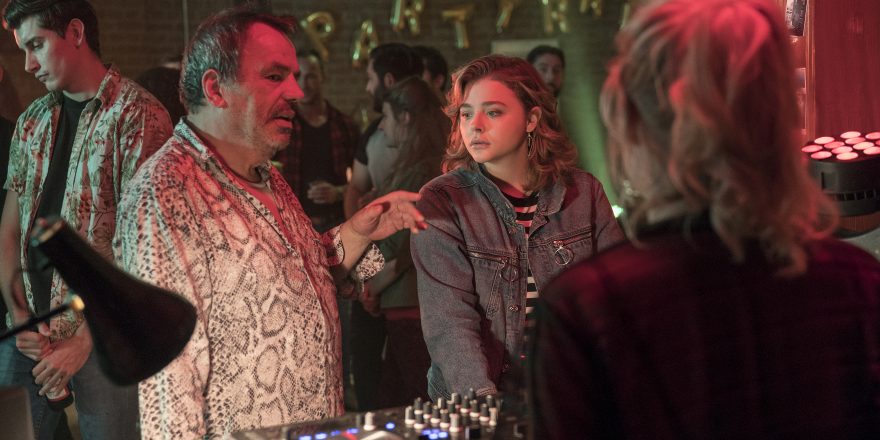First it was Little Women, then Zulu, then Gone With the Wind, and let’s not forget 2001: A Space Odyssey, but back as a teenager, I yearned for winter Saturday afternoons at the buttress-roofed Hampstead cinema the Everyman, bathed in the orange glow from electric bar heaters mounted inches from the ceiling, eyes stinging from a miasma of smoke, watching Bergman’s The Seventh Seal and watching Antonioni’s Zabriskie Point. Sunday afternoons were spent at The Roundhouse Implosion, an iconic London landmark, immersed in live music from upcoming bands like Tyrannosaurus Rex.
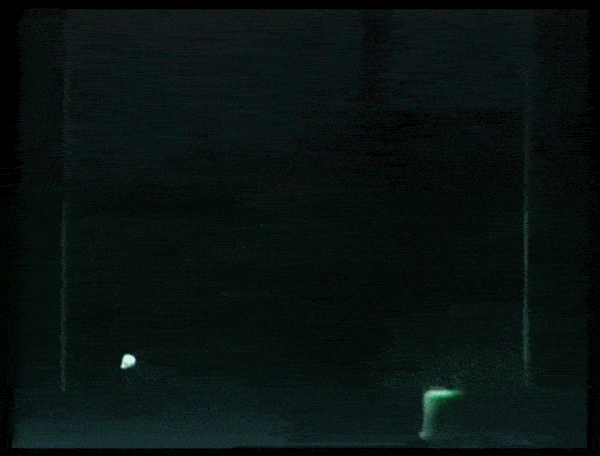
And, oh yes, Elvis Costello “Watching the Detectives,” 1977, the Stiff Records Tour at the Hammersmith Palais: Elvis and Wreckless Eric, Madness, Ian Dury and the Blockheads. Still got the merch, loved the slogan on the tee: “If It Ain’t Stiff, It Ain’t Worth a Fuck.” And segueing into 1978 and our “Accidents Will Happen” Elvis Costello animated music video, which culminated at the University College London Architecture Department – the place in London with computer graphics tools – shooting live-action 16 mm with a Bolex of a green vector read-out of Elvis and the Attractions off a monitor, the graphic composition inspired by the Piet Mondrian home-built bookcase at the one-bedroom flat in Ben Nicholson’s house that was home for a year after a year squatting on a houseboat in Chelsea. Punk was born that year.
Our animation studio Cucumber Studios involved creating an experimental filmmaking environment on site – a dark room, an early computer-operated rostrum camera, an ersatz optical printer, drawing on film with fibre optic, 3M half-silvered mirrors and projections. We’re talking 8 mm, 16 mm, 35 mm, multiple exposures – no video at this point.

And then the music video for “Reasons To Be Cheerful, Part 3” and my brother Chaz Jankel’s “Questionnaire” – overdue thank you to genius Laurie Anderson for the lightbulb inspiration from her live show.

When Chaz met Laura Weymouth from Tom Tom Club in Nassau, that led to making the animated videos for “Genius of Love” and “Pleasure of Love.”

In a local hole-in-the-wall over a lunchtime salt beef sandwich, Chaz and I talk about his composition for the rolling credits of Tell It to the Bees, a bittersweet jazz piece, and recall the song he wrote as Max Headroom bids adieu to his British fans in the 13th and final U.K. episode of The Max Headroom Show. That episode would reappear 32 years later as a permanent acquisition of the Museum of Modern Art in New York City in their Thinking Machines Exhibition 1959 – 1989, showcased in a vintage Trinitron.
Max opened the door to the U.S.A. and made the Chateau Marmont and then the Sunset Marquis home. I attended a party at Timothy Leary’s, where the mushroom canapés had a most singular effect and Timothy employed his Mind Map to calibrate the suitability of my partner and co-director Rocky Morton. We matched.
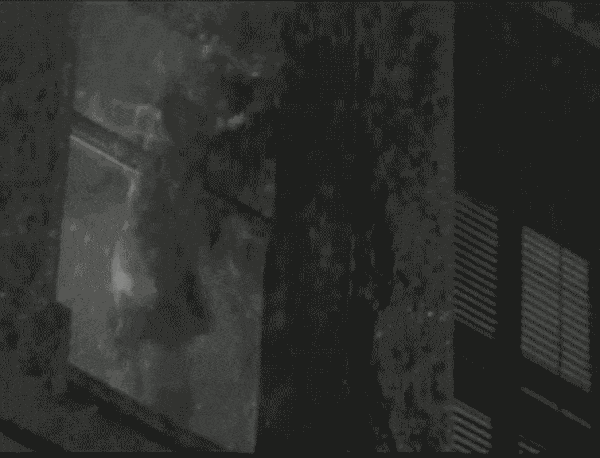
The script for D.O.A. was read and loved and became a “yes,” as I had watched Sunset Boulevard a hundred times, or maybe 10.
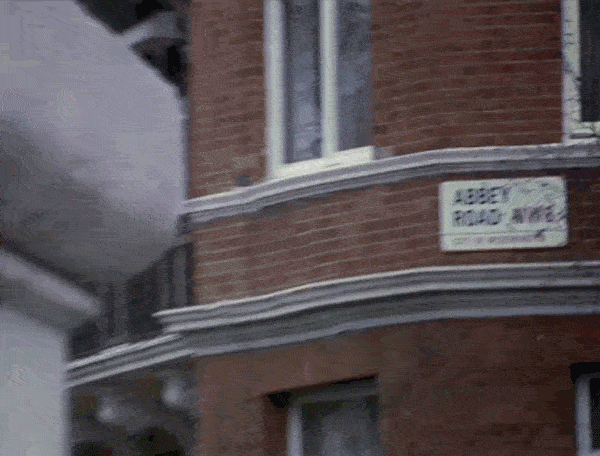
Never got Chaz and the Blockheads for my music doc series Live From Abbey Road for Sundance and U.K.’s Channel 4, but I had a ball for two seasons on that show, shooting multi-camera for Massive Attack, The Killers, Red Hot Chili Peppers and about 70 other bands and artists. And when down in the dumps, I still dance to the Jamiroquai session we shot and think back on the much-admired Wayne Shorter and Herbie Hancock, who talked about Miles Davis.
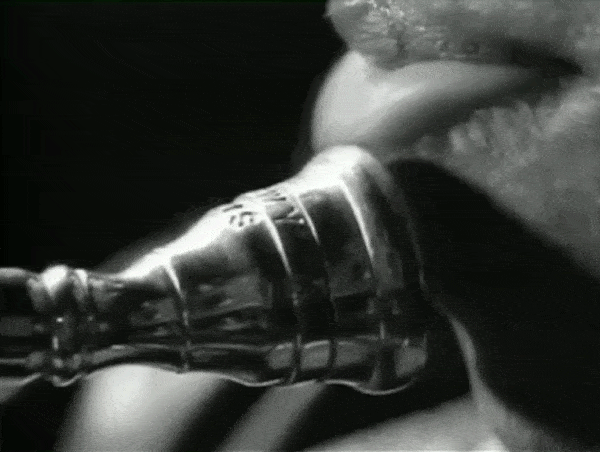
When we shot the music video for Miles’ song “Decoy” in 1983, he turned up for the shoot without a trumpet, as it had been decided to reject his anodized pink turquoise and mint green instruments as too inauthentic. In hindsight, it really didn’t matter anyway as video of Miles was in black-and-white, so we sent a P.A. to buy a trumpet at a pawn shop on 42nd Street, but it didn’t work so Miles asked for cotton buds, pipe cleaners and WD-40 and dismantled and rebuilt the instrument over two days and then sent it back fully functioning to the pawn shop. Magic.
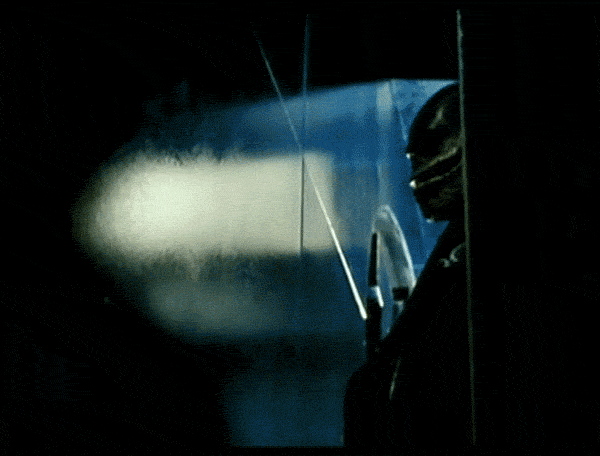
And on to the ’90s and the “unmitigated temerity” – that phrase from To Kill a Mockingbird – to take the video game Super Mario Bros. to the big screen and the unholy debacle that became a bigger story than it deserved to be. The film has its fans and still its foes, but you’ve got to hand it to the Goombas for surviving inside the suits with electric fans.
But back to commercials again for a decade, and all came right. The brightest lights of all were the births of a son and daughter – two young people to help heal the pain of the near-simultaneous deaths of two parents.

The noughties brought about a departure from familiar territory in L.A. to once-familiar London to shoot the feature-length film Skellig, a fable written with heart-fluttering tenderness. I first read it while taking a hot bath in a condo in Lake Tahoe, and it gripped me from the first page; when I turned the last page, the water was cold.
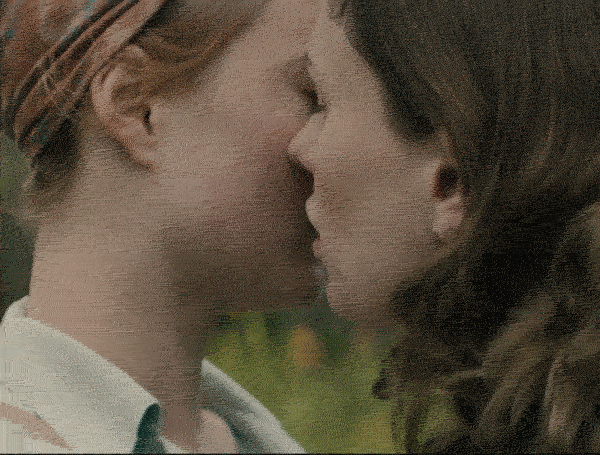
Which brings me up to date with my latest feature, Tell It to the Bees, a film that is set to sail into theaters: a love story and a coming-of-age story about the power of love and equally the mystery of nature and a young boy’s tale of what he saw. Or perhaps what he thinks he saw.
